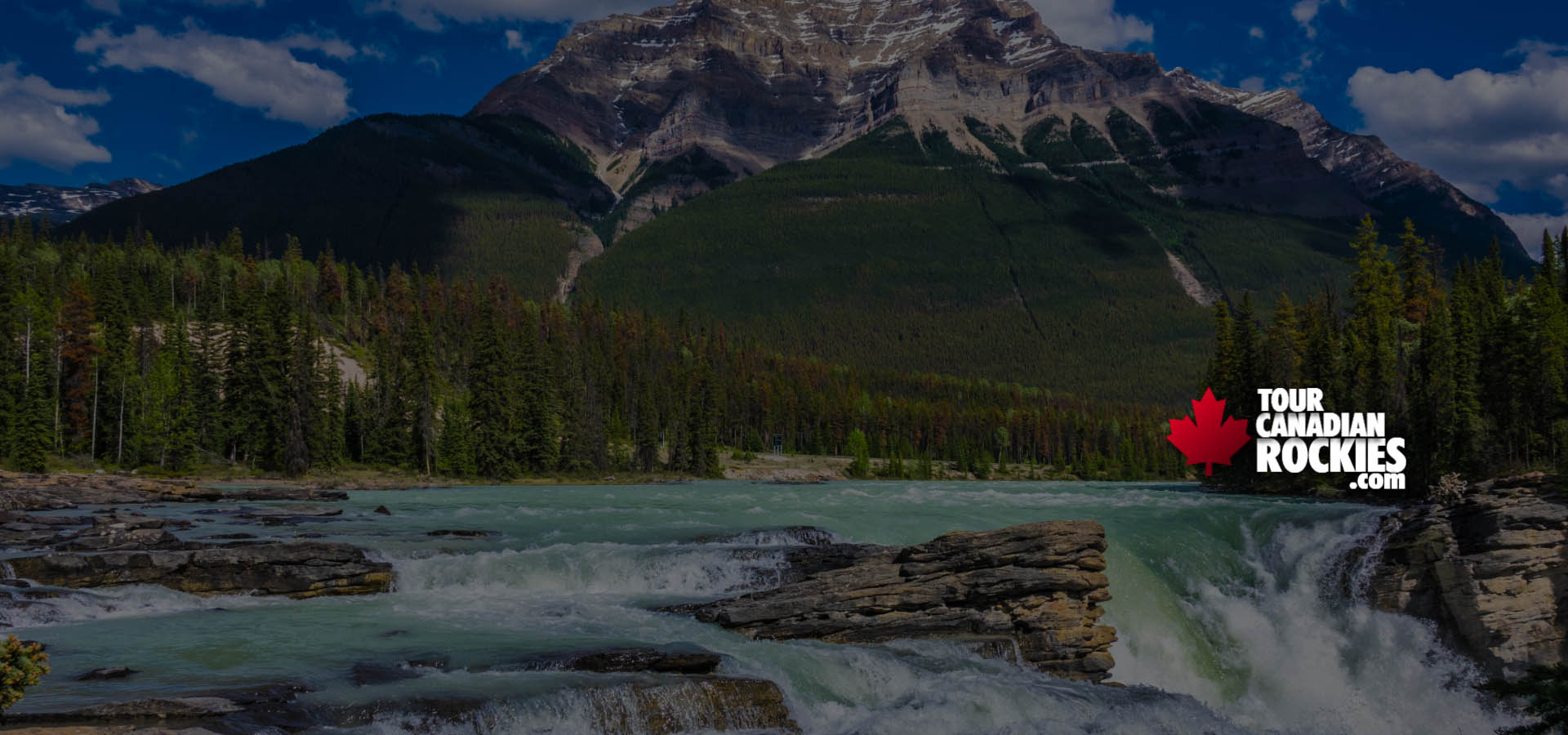 Maligne Lake cruise to Spirit Island
Maligne Lake cruise to Spirit IslandSightsee811898, July 2025
A wonderful trip! The guide on the boat was both entertaining and knowledgeable. Great opportunity to take some wonderful photographs.
Read More Breathtaking views and an unforgettable experience!
Breathtaking views and an unforgettable experience!
Jessica Squires-Moffitt, July 2025
The Banff Gondola is a must-do! The ride up was smooth and offered stunning views the entire way. Once at the top, the panoramic scenery was absolutely breathtaking, snow-capped peaks, endless mountain ranges, and fresh alpine air. The boardwalk at the summit is easy to walk and gives you even more incredible vantage points. The facilities at the top were clean and modern, and the staff were friendly and helpful. An unforgettable way to experience the beauty of Banff!
 Our experience on the Columbia Icefield Glacier Adventure was absolutely phenomenal, exceeding all our expectations!
Our experience on the Columbia Icefield Glacier Adventure was absolutely phenomenal, exceeding all our expectations!John J, July 2025
Our experience on the Columbia Icefield Glacier Adventure was absolutely phenomenal, exceeding all our expectations! From start to finish, this was a perfectly designed experience that truly showcased the majestic beauty of the Canadian Rockies. The Discovery Centre itself is beautifully laid out and incredibly well-designed. The exhibits are engaging and informative, making for a fascinating prelude to the main event. We also really appreciated the nice eatery on-site, which was a great place to grab a bite before or after our tour. The trip to the glacier was an absolute blast! Riding in the massive Ice Explorer was an adventure in itself, and stepping out onto the Athabasca Glacier was truly breathtaking. The scale of the icefield is awe-inspiring. What truly elevated this experience from great to unforgettable, however, was the incredible team. A special shout-out goes to Cass, Wyatt, and Nathan; their energy was infectious and they were all so genuinely nice! They were knowledgeable, funny, and went out of their way to ensure everyone was having a fantastic time and felt comfortable asking questions. Their enthusiasm really brought the whole adventure to life and made it even more enjoyable. We left feeling invigorated and with a deeper appreciation for this incredible natural wonder. If you're considering the Columbia Icefield Glacier Adventure, don't hesitate, it's a must-do!
Read More Absolutely breathtaking - from the crystal-clear turquoise waters to the towering mountains and the iconic Spirit Island...
Absolutely breathtaking - from the crystal-clear turquoise waters to the towering mountains and the iconic Spirit Island... shruti sharma, July 2025
I recently had the pleasure of taking the Maligne Lake boat tour, and it was truly an unforgettable experience! The scenic beauty of the lake is absolutely breathtaking - from the crystal-clear turquoise waters to the towering mountains and the iconic Spirit Island, every moment felt like a postcard come to life. A huge shoutout to our incredible guide, Natalie, whose knowledge, enthusiasm, and storytelling really enriched the journey. She shared fascinating insights about the history, wildlife, and geology of the area, and made the whole experience even more enjoyable. Also, a big thank you to Captain Max, who expertly navigated the boat and made sure we had a smooth and safe ride the entire time. Speaking of safety - it was clear from the start that the entire team prioritized our well-being. From clear safety briefings to professional handling of the vessel, we felt in great hands throughout. If you're visiting Jasper, the Maligne Lake tour is a must-do. It's a perfect combination of natural beauty, learning, and relaxation. Highly recommend!
Read More One of the best activities to do in Jasper with a big "Wow" factor.
One of the best activities to do in Jasper with a big "Wow" factor.madura kushan, July 2025
Fantastic experience with magnificent views. There are also some viewing platforms and a small boardwalk at the upper terminal with spectacular views Staff very friendly and knowledgeable, gave interesting talk on way up. The tram was not too crowded , This is probably one of the best activities to do in Jasper with a big "Wow" factor. Highly recommended.
Amazing place to see the glorious rockies and Athabasca River. The tram itself is smooth with not a lot of bumps. Takes about 7.5 minutes to reach the top. The top has some spectacular views of the mountains, valleys, river, and town of Jasper. There is a gift shop and restaurant We enjoyed our time, definitely recommend booking in advance and making it on time. They have ice cream shop and cafe at the start of the tram as well.
 Dhruv Patel.. July, 2025 Highly recommend visiting Lake Minnewanka and taking the cruise.
Dhruv Patel.. July, 2025 Highly recommend visiting Lake Minnewanka and taking the cruise.
We had an amazing experience today at Lake Minnewanka! The scenery was absolutely stunning, but what made it even more special was the fantastic team working there. Everyone was kind, professional, and super helpful. A big shoutout to Melissa, a lovely lady who went above and beyond for us. We were a group of 10, but only 8 of us had cruise reservations. Melissa was incredibly understanding and did everything she could to accommodate the remaining 2 people. Thanks to her efforts, we were all able to enjoy the cruise together as a group. Her friendly attitude and willingness to help really made our day. Highly recommend visiting Lake Minnewanka and taking the cruise, not just for the breathtaking views, but also for the wonderful staff who truly care about your experience!
Read More



